I thought it was the Phast Phrog!The Super Phrog, Boeing Vertol 360.
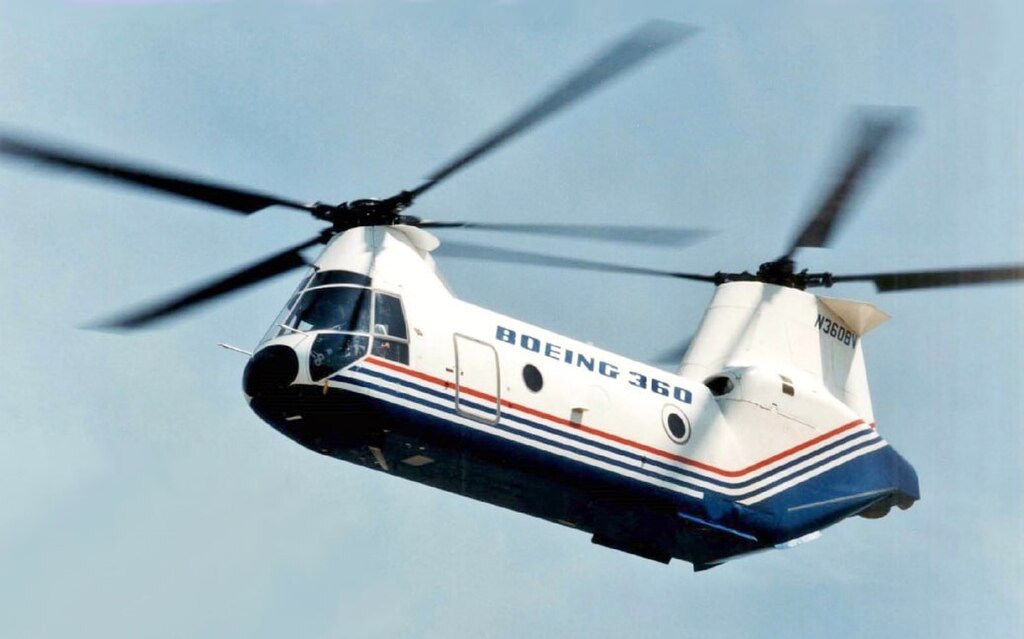
-
Please take a moment and update your account profile. If you have an updated account profile with basic information on why you are on Air Warriors it will help other people respond to your posts. How do you update your profile you ask?
Go here:
Edit Account Details and Profile
You are using an out of date browser. It may not display this or other websites correctly.
You should upgrade or use an alternative browser.
You should upgrade or use an alternative browser.
Little known / experimental aircraft
- Thread starter Randy Daytona
- Start date
The video from Greg’s airplanes was set in 1943 - so an F4U-1 time frame. The American fighters compared quite well, alot to be said for the massive R-2800.Sorry to quote Tom Cruise, but it’s not the aircraft, it’s the pilot! The average naval aviator of late ‘44 or early ‘45 would have had vastly more experience than the average Luftwaffe pilot. An interesting way to look at it this…the P-51 (and good pilots) proved to be a superior design to German models but the Corsair proved to be superior to the P-51 during the “Football War!” On a more serious note, you can read about the Navy’s analysis (1944) of the two aircraft from the Pax River team here, https://militaryhistorynow.com/2021...-up-between-the-two-fighters/#google_vignette it briefly notes testing that was done against some axis fighters…both the Corsair and Hellcat could turn inside the German models, something the P-51 could not do.
Good article about one of the only piston engine fighter that could engage the ME-262 in airborne combat were the 500 mph hotrodded P-47M’s flown by the famed highly experienced 56th Fighter Group known as “Zemke’s Wolfpack.”

Air Force P-47 Thunderbolts Took The Fight To Hitler’s Deadly Me-262 Fighters
Pilots nicknamed early-model P-47 Thunderbolts the “Razorback,” a reference to the chunky fighter plane’s angular canopy. However, the name was more generally appropriate—like a wild boar, the hulking single-engine “Jug” was tough and hard-charging, and its eight .50 caliber machine guns packed...
It was denied as “not service connected”.I’d like to see the VA disability claim for hearing from those nacelle gunners!
The quality of the box matters little. Success depends upon the man who sits in it.Sorry to quote Tom Cruise, but it’s not the aircraft, it’s the pilot!
Manfred von Richthofen
The quality of the box matters little. Success depends upon the man who sits in it.
Manfred von Richthofen

The Heinkel HE-219 night fighter was the first military aircraft with ejection seats, it also had a pressurized cockpit. It had quite the debut on this day, June 12, in 1943 when Group Commander Werner Streib test flying the aircraft shot down 5 British bombers between 1am and 2am. Top speed was 420mph, armament included 2 forward firing 20mm and 2 upward (65 deg) firing 30mm
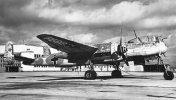
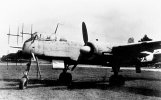


The Avro Lancaster was a British heavy bomber of WW2. It did have an unobstructed bomb bay which allowed a variant - the Mk 1 with uprated Merlin engines - (with modifications) to carry the largest bombs of the period: the 12,000 lb Tallboys (which sank the German battleship Tirpitz) and the 22,000 Grand Slam earthquake bombs.
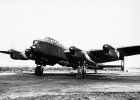
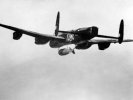
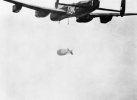
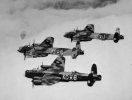
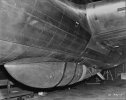
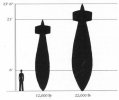






During the '80s the Soviet Union designed, but never build a huge heavy lift tri-rotor helicopter.
The MI-32 would have been larger than an Airbus A320, with a max takeoff weight of 140T with a 60T payload.
With this rotor configuration and overall aircraft mass, it would have been extremely stable in a hover.

The MI-32 would have been larger than an Airbus A320, with a max takeoff weight of 140T with a 60T payload.
With this rotor configuration and overall aircraft mass, it would have been extremely stable in a hover.

During the '80s the Soviet Union designed, but never build a huge heavy lift tri-rotor helicopter.
The MI-32 would have been larger than an Airbus A320, with a max takeoff weight of 140T with a 60T payload.
With this rotor configuration and overall aircraft mass, it would have been extremely stable in a hover.

It seems to me that figuring out a sling load lifting point (or points) would be complicated.
Everything is bigger in Texas - as exemplified by the B-36 Peacemaker bomber built in the Corvair plant at Fort Worth. In contrast to the 30,000 lb bomb recently dropped by the B-2, the B-36 with 6 Pratt and Whitney piston engines and 4 jets could carry the monstrous 43,000 lb T-12 earthquake bomb.
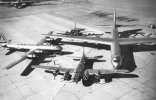
B-36, B-29 and B-17
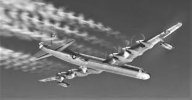
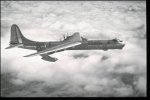
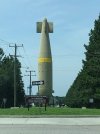
A T-12 dummy stands on compound of US Army Ordnance Museum in Aberdeen, Maryland.
A B-36 making a lowwww pass over the pilot’s neighborhood in Fort Worth.

B-36, B-29 and B-17



A T-12 dummy stands on compound of US Army Ordnance Museum in Aberdeen, Maryland.
A B-36 making a lowwww pass over the pilot’s neighborhood in Fort Worth.
Last edited:
Would it have been stable, though?During the '80s the Soviet Union designed, but never build a huge heavy lift tri-rotor helicopter.
The MI-32 would have been larger than an Airbus A320, with a max takeoff weight of 140T with a 60T payload.
With this rotor configuration and overall aircraft mass, it would have been extremely stable in a hover.

With 3 rotors it still has unbalanced torque, plus you’re going to get some strange wake interactions and effects of gyroscopic phasing.
Drones will be doing this in the future. We just need to sit back and k and enjoy another slurpee.It seems to me that figuring out a sling load lifting point (or points) would be complicated.
We actually worked on 3 rotor multi-rotor control designs here for a bit, demonstrating we could train an AI autopilot to operate one. We picked the 3 rotor design because it is a hard problem. Much more complicated than a 2 or 4 rotor design problem, oddly enough. Balancing the lift and torque is not simple.Would it have been stable, though?
With 3 rotors it still has unbalanced torque, plus you’re going to get some strange wake interactions and effects of gyroscopic phasing.
We couldn't get one to learn it from scratch, had to train the AI on a quadcopter first, then transition it to learning on a 3 rotor design.
One of several papers on the subject, doesn't seem to much of an issue.With 3 rotors it still has unbalanced torque, plus you’re going to get some strange wake interactions and effects of gyroscopic phasing.
Also, with the overall size of the MI-32 I would estimate torque effect to not be much, torque would have to overcome a lot of mass.
Well, they are kind of cheating by adding a servo that tilts one (or more?) of the rotors. Last sentence in conclusion.One of several papers on the subject, doesn't seem to much of an issue.
The tri-rotor UAV can solve the yawing moment problem by tilting the tail servo
motor.
I guess if you have cyclic on the rotors you can get the same effect?
